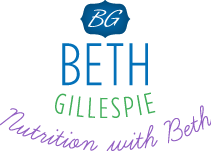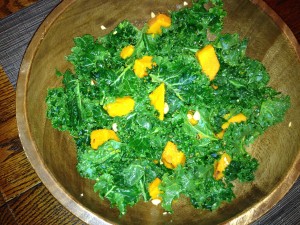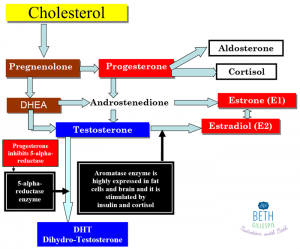Read on to find out what you can do to take a proactive approach…
You know that vitamins and minerals are good for you. You get them from fresh whole foods, and from your nutritional supplements. No big news here! But did you know that many medications, common over the counter (OTC) drugs, and even alcohol deplete important vitamins and minerals? Because this is such an important matter, and not widely discussed, I am going to cover this topic in two articles.
You have probably heard that antibiotics deplete your good bacteria. If you have ever been on a round of antibiotics, someone may have suggested that you take a round of probiotics when you are done. Or you may have experienced symptoms like diarrhea from taking antibiotics due to the “friendly” bacteria being wiped out. Did you know that general antibiotics can deplete B vitamins and Vitamin K, too? Many of the B complex vitamins require a healthy population of beneficial or friendly bacteria in order to be properly utilized or even manufactured. Vitamin K2 is also produced by intestinal tract bacteria. In a nutshell, if your friendly bacteria are wiped out by antibiotics or poor diet and lifestyle, your B vitamin and Vitamin K levels might need a little boost.
Have you ever taken aspirin for a headache? Aspirin, especially in larger doses, can deplete vitamin C and iron. Or how about a nonsteroidal anti-inflammatory drug like Advil or Motrin for a headache or cramps? When I was in my twenties, I used to go through bottles of Advil pretty quickly, not knowing that this class of OTC drugs has the ability to deplete folic acid. Folic acid is critical to cells dividing properly and the development of the nervous system of the fetus. It is a methyl donor. It works along with vitamin B12 and SAMe to donate methyl molecules to make many reactions happen including the manufacture of DNA and brain neurotransmitters. A few signs and symptoms of folic acid deficiency include anemia, gingivitis, abnormal pap smears in women, depression, irritability, and fatigue.
Have a little heartburn? Widely used Proton Pump Inhibitors (PPIs) like Prilosec and Prevacid deplete Vitamin B12. These PPIs reduce stomach acid secretions, along with a special digestive secretion called intrinsic factor, which increases the absorption of vitamin B12 in the small intestine. Vitamin B12 is such a critical B vitamin, working along with folic acid to make our DNA, red blood cells, and protect the insulation sheath that surrounds nerve cells. A deficiency of B12 usually affects the brain and nervous system first, resulting in numbness, pins-and-needles sensations, impaired mental function, and depression. Although vitamin B12 deficiency is quite common in the elderly, it does exist in all age groups.
Chronic alcohol consumption is known to deplete certain crucial B vitamins. Alcohol interferes with folate absorption and, as I just outlined above, the importance of folic acid. Too much alcohol causes increased degradation of Pyridoxine or Vitamin B6. B6, besides being involved in formation of body proteins, red blood cells, chemical transmitters in the nervous system (including dopamine and serotonin), is also critical in maintaining hormonal balance. Just a note, PMS often responds well to B6 supplementation. Deficiency of B6 is characterized by depression, glucose intolerance, impaired nerve function, and cracking in the lips and tongue.
Alcohol also depletes Thiamin or B1. B1 is critical for energy transformation, including energy production in the brain. Extreme thiamin deficiency or beriberi (beri means weakness) associated with alcoholism is common in the US and western world. In situations where extreme thiamin deficiency occurs neurological symptoms can arise – such as confusion, decreased short term memory, and irritability as well as affect cardiovascular system involvement. However, milder deficiency can result in fatigue, depression, and pins and needles sensations or numbness of the legs.
When I did my DNA testing, I found that I have a genetic variant that is associated with lower levels of folic acid. I also found that my genotype is more likely to have decreased blood levels of B6 and B12. Even though I eat foods rich in these vitamins, you can bet that I take a high quality B complex with highly absorbable forms of these vitamins! Having this information helps me take a proactive approach to my health and avoid potential vitamin deficiencies, whether or not caused by meds, OTC drugs, alcohol, diet, absorption issues, or lifestyle factors. Stay tuned for more information on how you can assess whether or not you have increased risk for low levels of specific vitamins by utilizing DNA testing.


